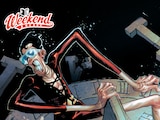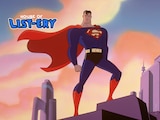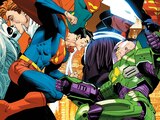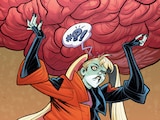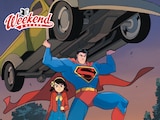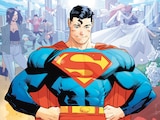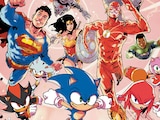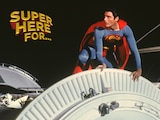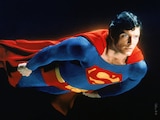The year was 2010. Fanboys and fangirls were living in a whole new world. Thanks to Iron Man, Batman Begins and The Dark Knight, comic book movies were finally stepping away from being laughable participants in the film industry and becoming true Hollywood blockbusters. It seemed like comic book characters were suddenly being embraced by the public with open arms all over again (similar to the half-rise in comic book movies that sprung up after Tim Burton’s first Batman film). Only this time, it wasn’t comic book characters existing in enthralling fantasies drawing in audiences. This time, the thing that was getting butts in the seats, was seeing how close to reality these comic book characters could get.
And the getting was good. The new Iron Man films were about a man living in a world that was more like ours than ever. It was also based on a comic book world (one that eschewed comic book fantasy for comic book reality) that readers were somewhat familiar with, had read, and been collecting for the past 10 years. For many fans, seeing what Batman or Iron Man could be like “in the real world” was a treat they simply could not resist.
It was kind of a new day. DC Comics was still nearly a year away from that iconic New 52 relaunch. The world was beginning to be excited about reimaginings of classic comic book characters, and that fall, the first volume of SUPERMAN: EARTH ONE hit shelves.
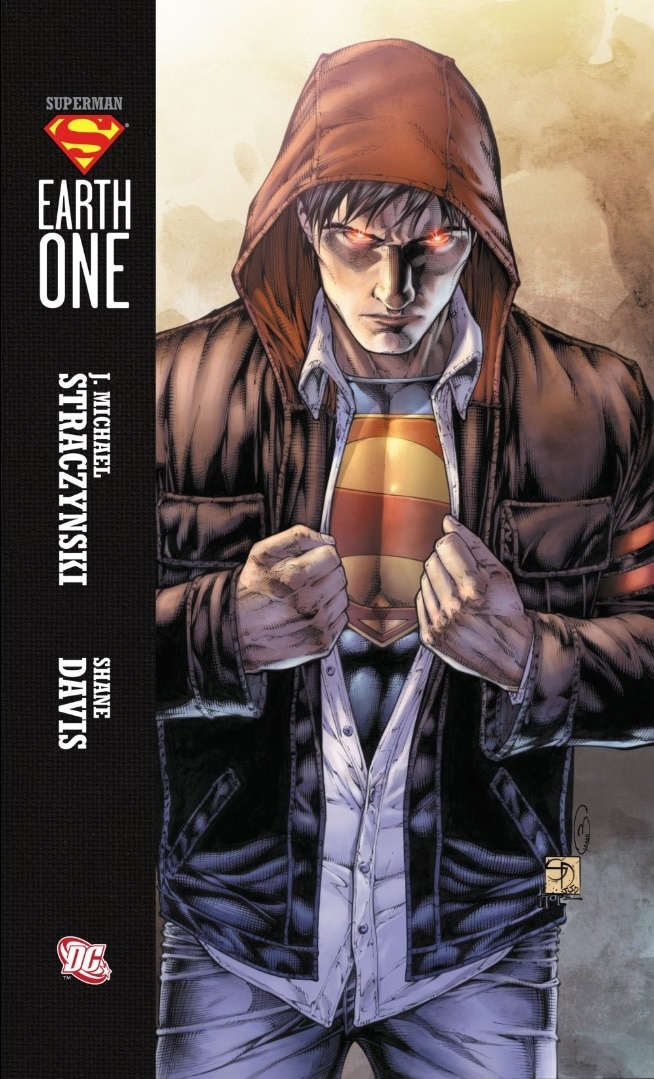
It was an origin story. And like most Elseworlds tales, it was familiar, but clearly crafted to be different than the odyssey of Clark Kent that we’ve all come to know and love. For instance, we learn pretty early that on Earth One, Clark kind of grew up reveling in his abilities—setting himself apart from his human classmates in athletics and academics. So much so, that when it came time for him to find a career after college, the Clark of Earth One sees no problem with using his superhuman abilities to get ahead and carve out his own “super” niche in the human workforce. Unfortunately, we never get a chance to see Clark become a corporate goon or millionaire athlete because…aliens!
That’s right. Aliens. Also, invasions and stuff, but yeah… Aliens!.
It turns out that on Earth One, Clark wasn’t the only one that managed to escape the solar system of a Red Sun. Aliens from the planet Dheron (the only other planet in Krypton’s star system) arrive on earth demanding the surrender of Superman. This forces Clark into a confrontation with the villainous ambassador of Dheron, Tyrell. From him we learn that Krypton and Dheron were actually ancient enemies, and that Dheronians were the reason for Krypton’s eventual devastation. The two fight it out over the city of Metropolis, while the city hangs in the balance…and Superman wins. The earth is saved from alien invasion and Clark lands a sweet gig at the Daily Planet, turning down all those other amazing job offers he had in sports, arts, and science to become a journalist. The end (it’s a pretty good story).
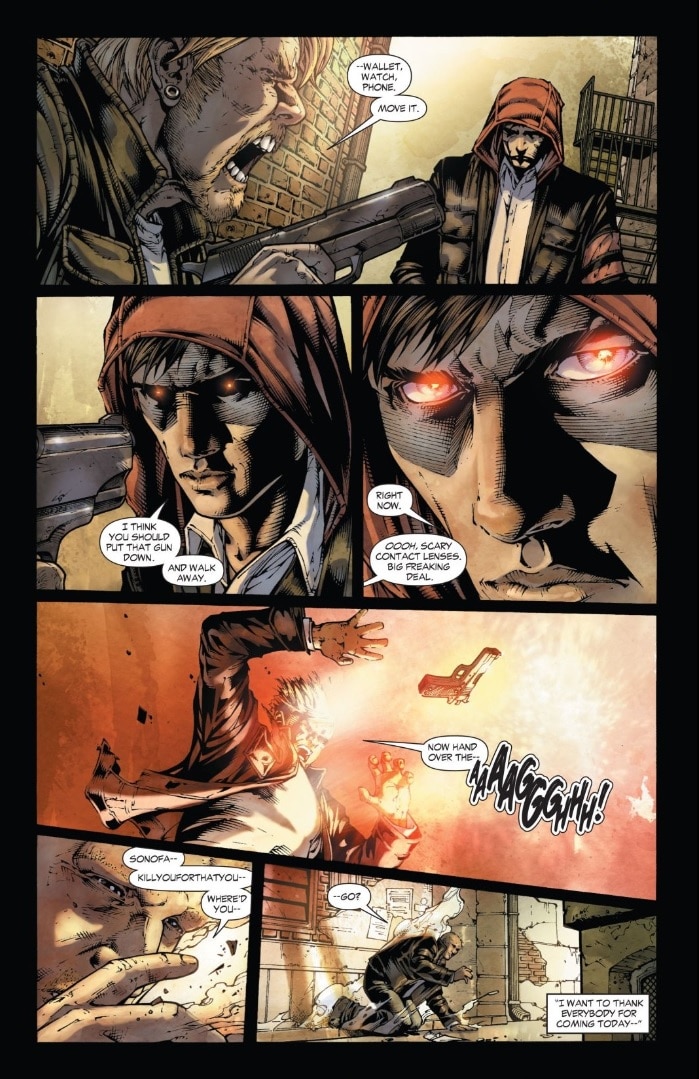
It’s also one of the most modern characterizations of Superman (New 52 notwithstanding) we’ve ever seen. Wherein, we are introduced to a more Kryptonian Clark Kent, yes, but at the same time, he is still one of the most human iterations of the character we’ve ever seen. He’s a hero, but he’s also just a guy. He becomes a journalist, not because it was flashy or glamorous, or even because he loves truth, but because it was one of the only career paths available to him that actually offered a challenge.
Unlike many of the other iterations of Superman we’ve previously seen, this Clark is shown to be far from perfect. In fact, he’s a little bit selfish. He isn’t really the towering figure of moral beatitude we’ve come to know and expect. At. All.
Another curiosity that springs up, being “super” doesn’t seem to be as much of a burden for this Clark. So much so that you may begin to wonder, for Earth One Superman, is being Clark Kent the real performance? Is Earth One Superman more akin to Batman in that way? Wherein the realest parts of himself aren’t actually realized until he’s wearing the suit, and everything else is just an act? It’s interesting to think about.
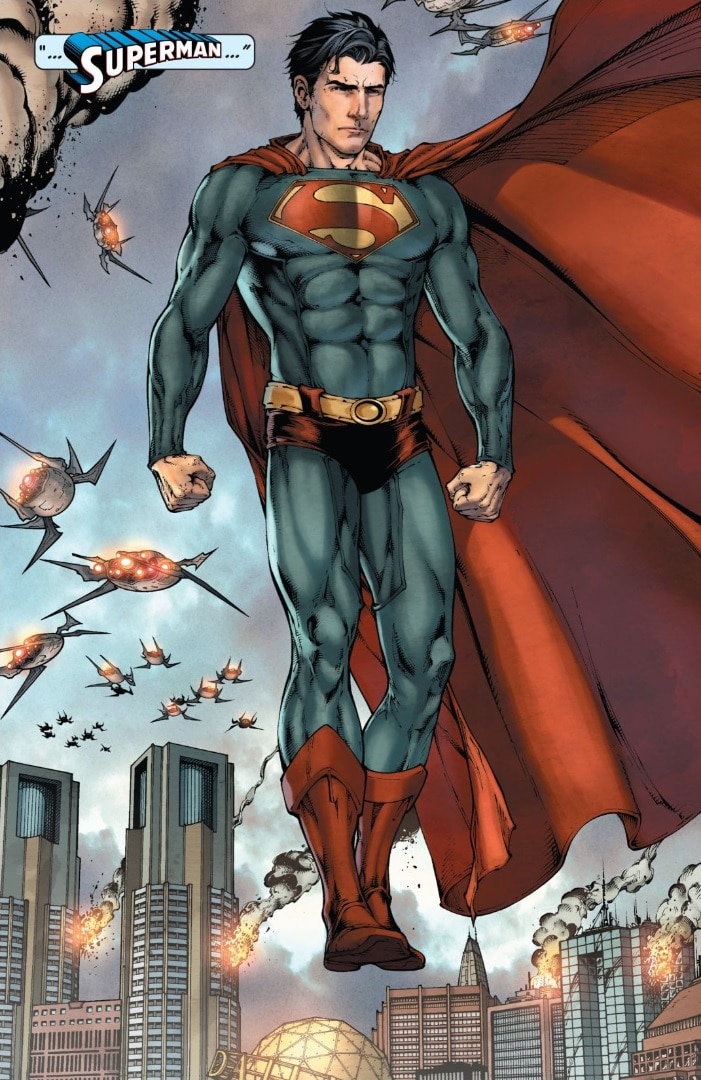
Speaking of interesting things to consider, did any of you who have read Superman: Earth One catch how much of its more “realistic” take on Superman eventually found its way into the movie Man of Steel? Superman tries all kinds of jobs before eventually settling into a career in journalism? Check. Aliens from his home star system show up threatening to destroy Earth if Superman doesn’t come out of hiding? Check. Check. Only something from Krypton is strong enough to destroy the alien spaceships that are destroying Earth’s greatest cities? (And yes, I’m sure there are plenty more, but that’s just off the top of my head.) Check. Check. Check.
For many of the reasons stated above, as well as a few others I’ve chosen not to spoil you with, Superman Earth One to this day continues to be one of my favorite Superman stories, of all time. J. Michael Straczynski’s ever-continuing ability to find what’s human in the superhuman shines brightest in books like these and Shane Davis’ art is simply immaculate. I’m not sure if when the Earth One line originally dropped the intentions were to create stories that were easier to option for Hollywood, or if DC Comics was just trying to skew closer to a more grounded storytelling pastiche. But either way, it’s here to stay. And I’m definitely not mad about that.
Regular Et Cetera writes about the DC Universe and Injustice for DCComics.com and covers Black Lightning for the #DCTV Couch Club. Look for him on Twitter at @RegularEtCetera.
SUPERMAN: EARTH ONE VOLS. 1-3 by J. Michael Straczynski, Shane Davis and Adrian Syaf are available in print or as a digital download. Look for the newest Earth One graphic novel, GREEN LANTERN: EARTH ONE, now in comic shops.

